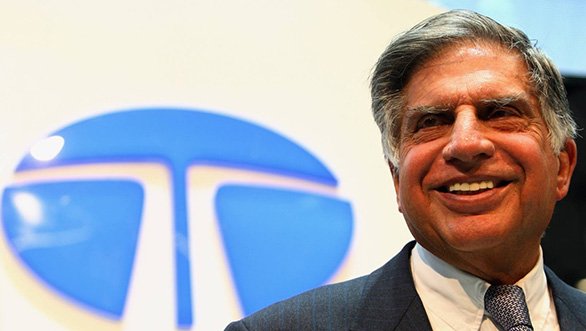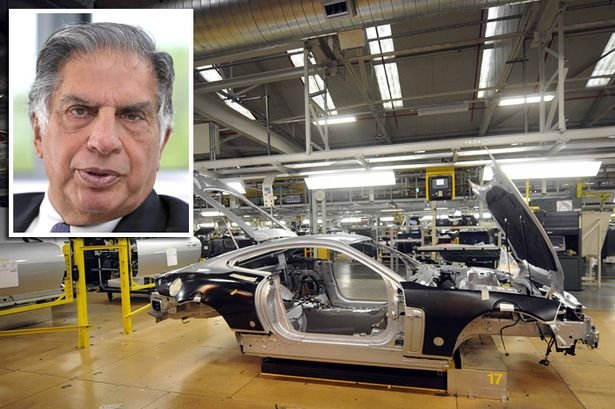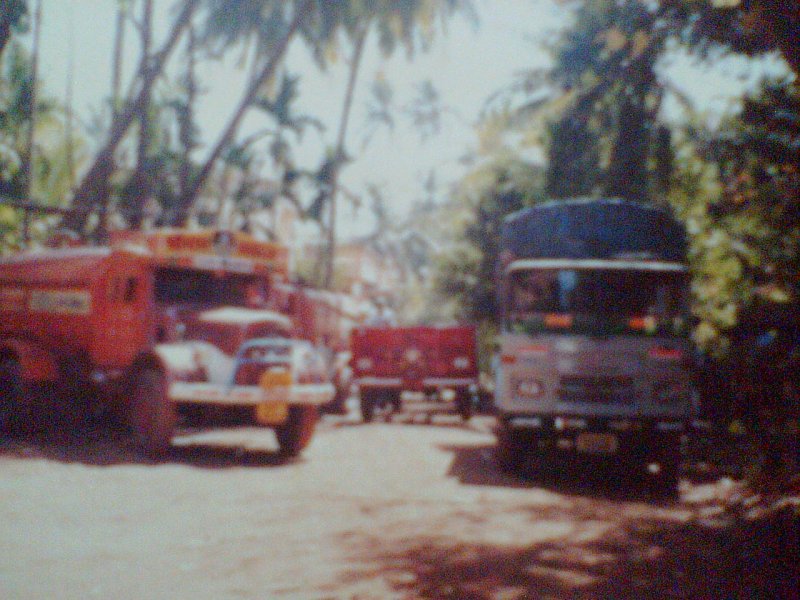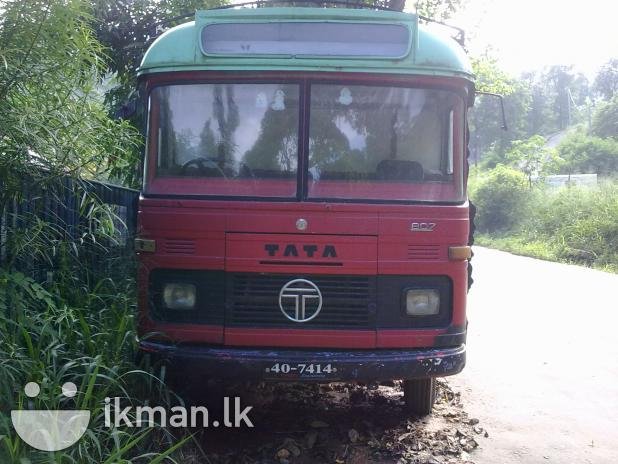Re: The Story of Tata's Epic Journey from Trucks to Aria
Design will be a key aspect going forward: Tata Motors’ Pratap Bose
Car models from Tata Motors Ltd, India’s largest vehicle maker, have often been criticised for lack of contemporary styling and taste. Pratap Bose , head of design for Tata Motors, hopes to change that perception with Project Falcon, which includes the launch of a hatchback and a sporty sedan next year. Based in Coventry, England, Bose has worked in various capacities in Maruti Suzuki India Ltd, Piaggio and C SpA, Mitsubishi Motors Corp. and Mercedes-Benz. He travels to India every month for a week to 10 days for a review meet on design with Karl Slym, managing director of Tata Motors at their Pune studio—one of the company’s three global studios. In an interview, Bose said he hopes the strength of the company’s global design studios will be reflected in the models to be unveiled next February.
Despite creating global design centres, your products appear to lack appeal. When and how do we see that perception changing?
We have been segment creators, even though we might not be segment leaders. We created the small car segment with the Indica. The Safari created the SUV (sports utility vehicle) segment long before people spoke about it. Going ahead, our focus will be to not only create segments but also to lead them and design will be one of the important aspects. Customers today want models a lot more and a lot faster. If we just respond to today’s needs, by the time the car gets launched, it’s already old. So we are emphasizing a lot on what is coming. This has now become a very important aspect of our product planning and development process.
Design is something that always challenges the organization. Our senior management dedicates one day in a month to go through all the designs. You will start seeing it from the Falcon launches. There is a certain lead time for some things to happen and the true force of our global design network and the new engines—the whole package—will truly reflect in the Falcons.
How big is the company’s design team. Do you have plans to expand the team?
We have got truly international team in Pune—designers and engineers from all varied geographies—India, Japan, Britain, France, and Italy. The combined strength of all the three centres is 130 and we plan to double it in the next two years.
Contrary to Tata Motors’ expectations, the new Safari has often been criticized for its looks. How do you circumvent the challenge associated with the subjective nature of design?
You are right—it’s indeed subjective. But we have found that if you make a strong design statement, usually more people appreciate it than not. We have figured out that with roads in India and abroad getting crowded with cars, people want a car or for that matter any object, that makes a strong personality statement. It should not disappear in the background. There are many ways of interpreting it. You can’t be overly fashionable as some of the fashion trends are very short-lived. I personally feel the Safari will become an iconic product—even in the time when Safari has been around, many products have come and gone. Making a strong visual statement is very important in India.
What prompted you to join Tata Motors and how did it happen?
I had worked for 10 years in overseas companies and I wanted to route that excitement, passion and knowledge to an Indian company. But it was basically a chance meeting with Ravi Kant (vice-chairman of Tata Motors) that got me into the company. I was working in Japan with Mercedes-Benz and had come to India to attend a car design conference in Delhi. I introduced myself to Ravi at dinner and said I would like to work for Tata Motors and wanted 30 minutes with Ratan Tata to tell him how design in Tata Motors should be.
I was surprised to get a mail from the then personal assistant of Kant asking if I am fine coming over as they have found 30 minutes with Tata on 4 May. I was like wow! I prepared for it, came to Mumbai and met Kant. He took me to the fourth floor at the Bombay House. I was obviously shaking, I never thought it’s going to happen. Tata gave me exactly half an hour. I told him a lot of things, how things should be or should not be. He did not agree with everything I said but asked whether I would like to work at the company’s European technical centre. So I moved to the UK from Japan and became chief designer of the company’s UK studio. In 2011, the company asked if I would look at design globally.
What projects have you worked on since joining the company in 2006?
My complete input will start with Falcon in the production programmes. I did the Pixel (concept car) in Geneva in March 2006, followed by the Mega Pixel. Those got some incredible responses globally and started to establish what I called the India global design, which is very important for us. A day after unveiling the Pixel, there was a Facebook page which originated in India and it was called ‘bring Pixel to India’. That really gave me a perspective that if you do something which is exciting, it appeals globally. I also did the Manza hybrid that we displayed at the Auto Expo, held in Delhi this January.
Ratan Tata is very passionate about cars and has been personally involved in lot of projects. How involved is Cyrus Mistry?
Tata is an architect by training and has a certain way of thinking which is very design-led. Designers think in a manner which is very different from a typical business environment. He is very good at spotting proportion, balance, and design elements. I have known Mistry a lot less but in a few interactions we have had, he seems every bit as passionate as I know. He is very curious and asks some great questions—some time questions we don’t ask ourselves. In his role as group chairman, he is very enthusiastic about car design. I personally think he knows a lot about cars. Our conversations with him have been very in-depth. He spots things which others haven’t and is very consumer-oriented. His message to us is clear-- the benchmark should always be global.
Much more.. Read here..!!
Design will be a key aspect going forward: Tata Motors’ Pratap Bose - Livemint


![Anger [anger] [anger]](https://www.theautomotiveindia.com/forums/images/smilies/Anger.gif)

![Smile [:)] [:)]](https://www.theautomotiveindia.com/forums/images/smilies/Smile.gif)





